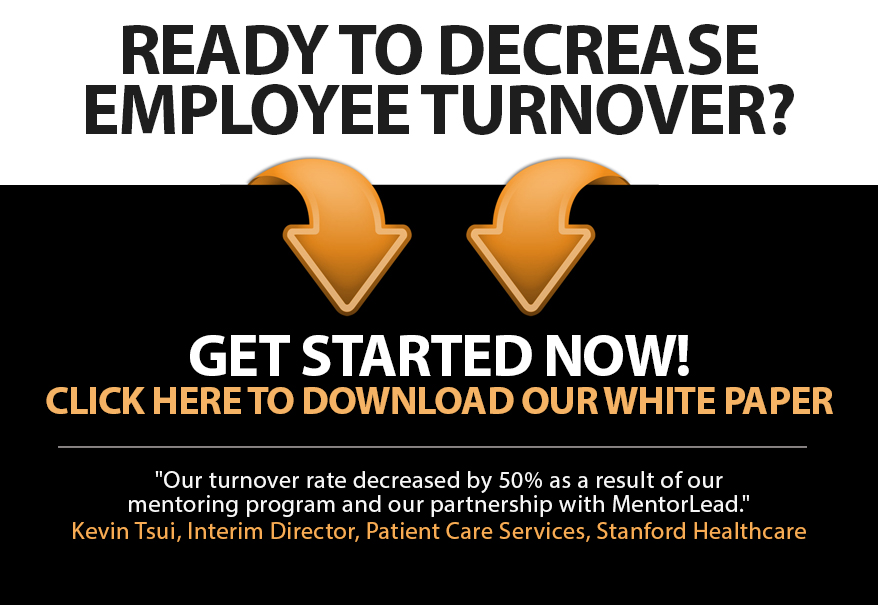| Just as Tropical Depression Imelda was slamming into Houston last week, I was on an airplane taxiing down the runway. Inevitably, the takeoff was choppy as the plane shook violently throughout the ascent.
Frightened, I covered my face with my hands. I hate turbulence!
I was sitting on the aisle with a perfect view of the flight attendant. As this tube of metal rocked from side to side in the sky, I wondered what he was doing while I was panicking.
So I took a peek at him between my fingers…
Unbelievable. He looked like he was at the park watching birds! He was sitting back, his hands folded on his lap, an unruffled, serene look on his face.
The erratic turbulence didn’t faze him one bit!
And then I thought, well if he isn’t worried, I don’t need to be worried.
So I started to relax. Because he behaved like everything was fine, I presumed that everything was fine and there was no need to panic. (Had he acted concerned or unnerved, I definitely would have done the same!)
That’s called Social Cognitive Theory. Used in psychology, it suggests that we look to people we respect (models) to mold and shape our own actions. In other words, we acquire knowledge about how to behave directly from observing others.
Whether we lead meetings, projects, teams, departments, mentees, or a family, we are like my flight attendant on that plane – by virtue of our title or position, people watch us. We serve as role models, demonstrating how to behave in various situations. Our people observe our actions to determine their own.
It’s an important and yet often neglected responsibility anchored to any title.
In times of turbulence, will you use the privilege of your position to rattle or reassure? |

![]()


![]()
